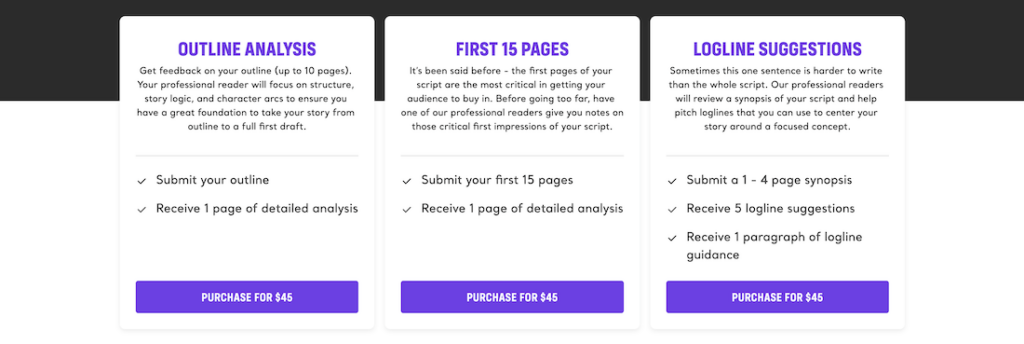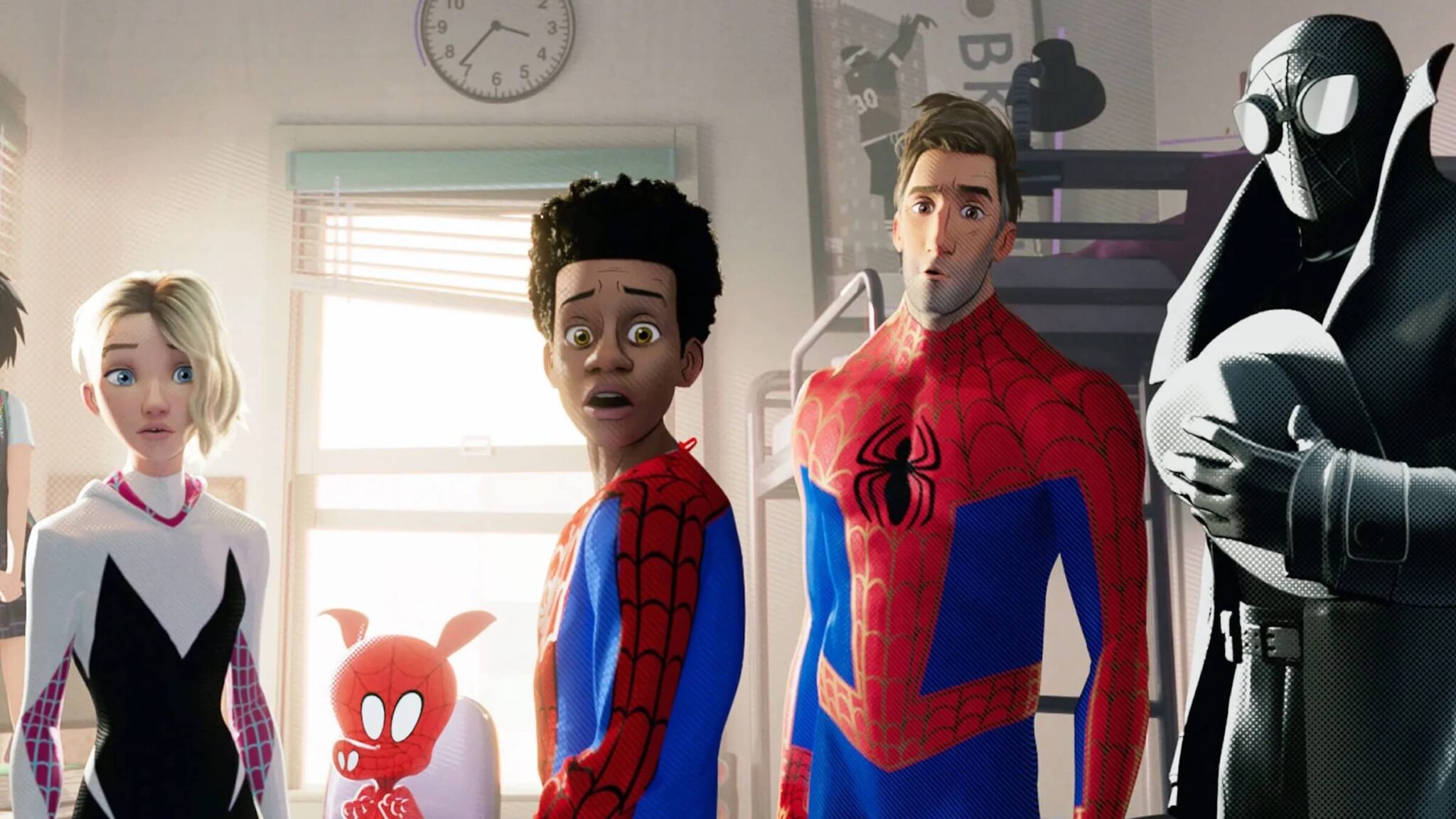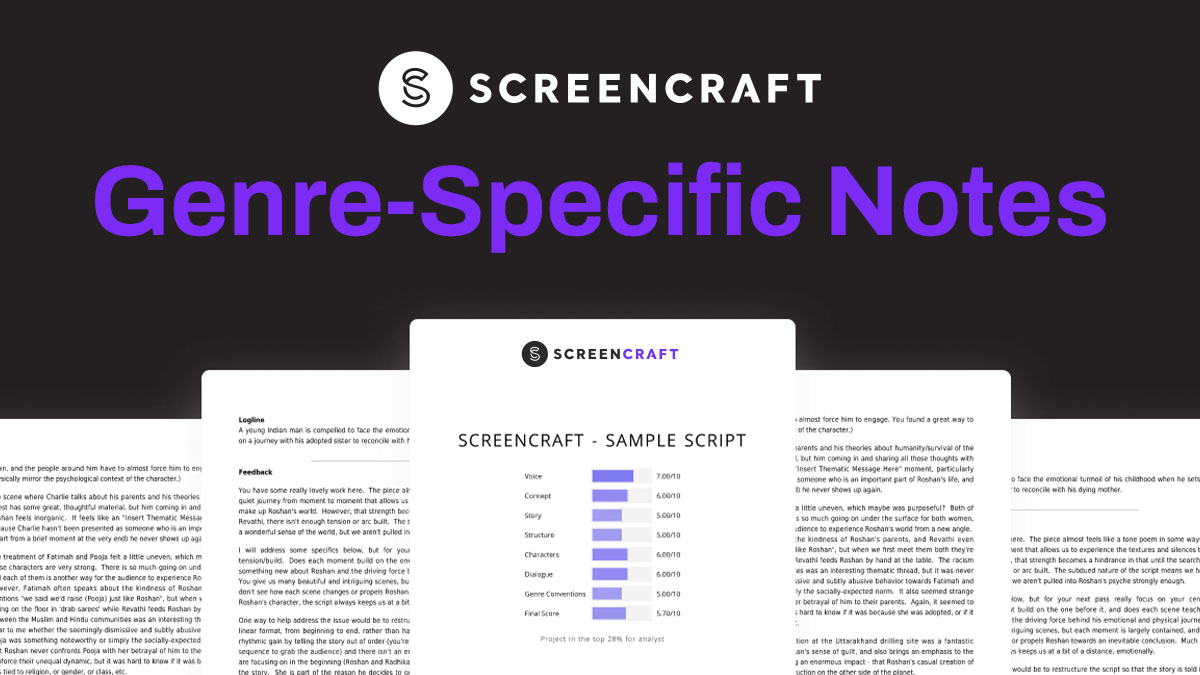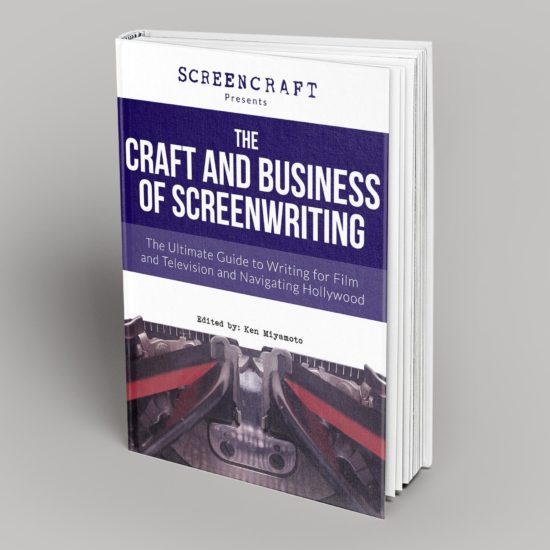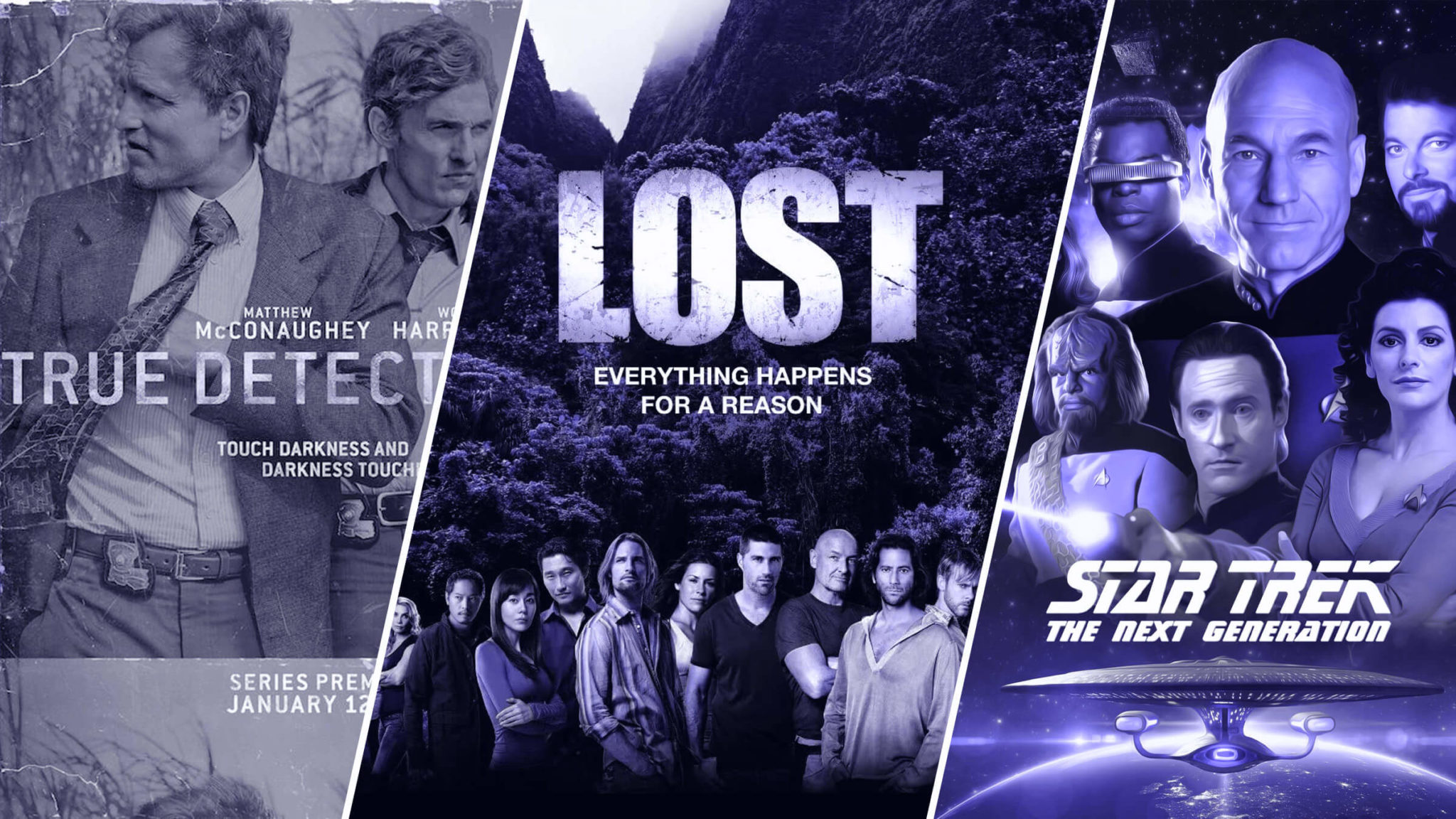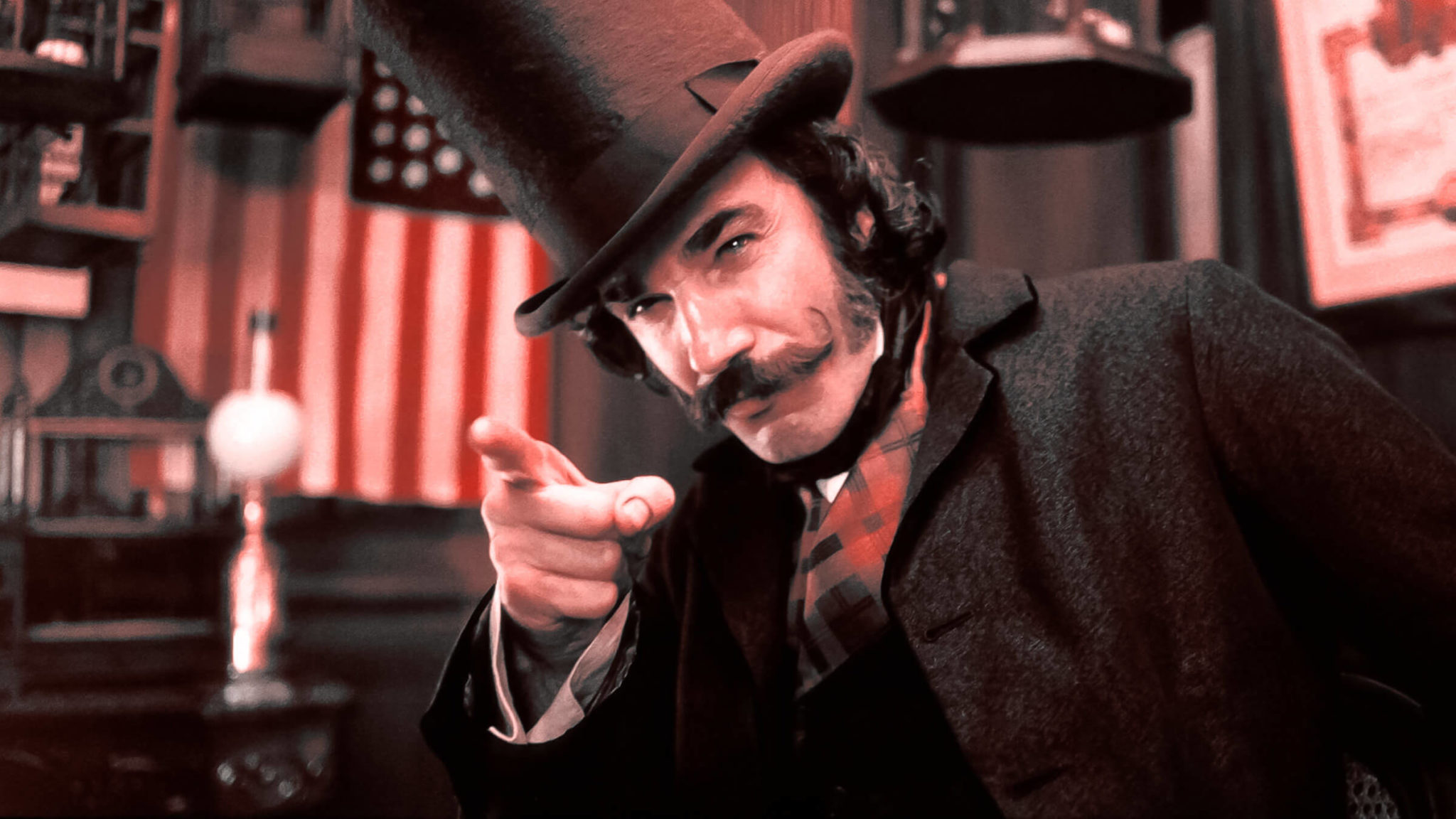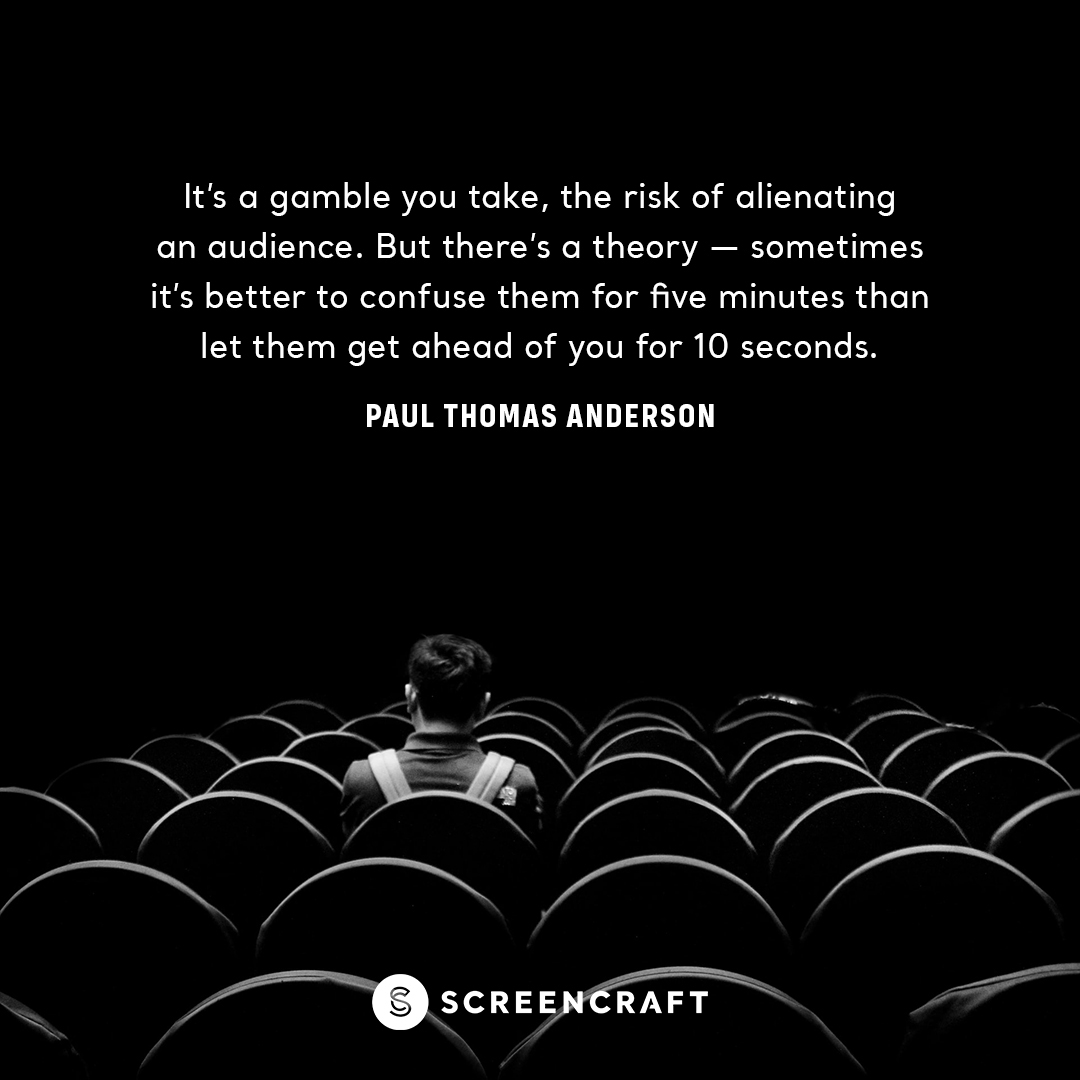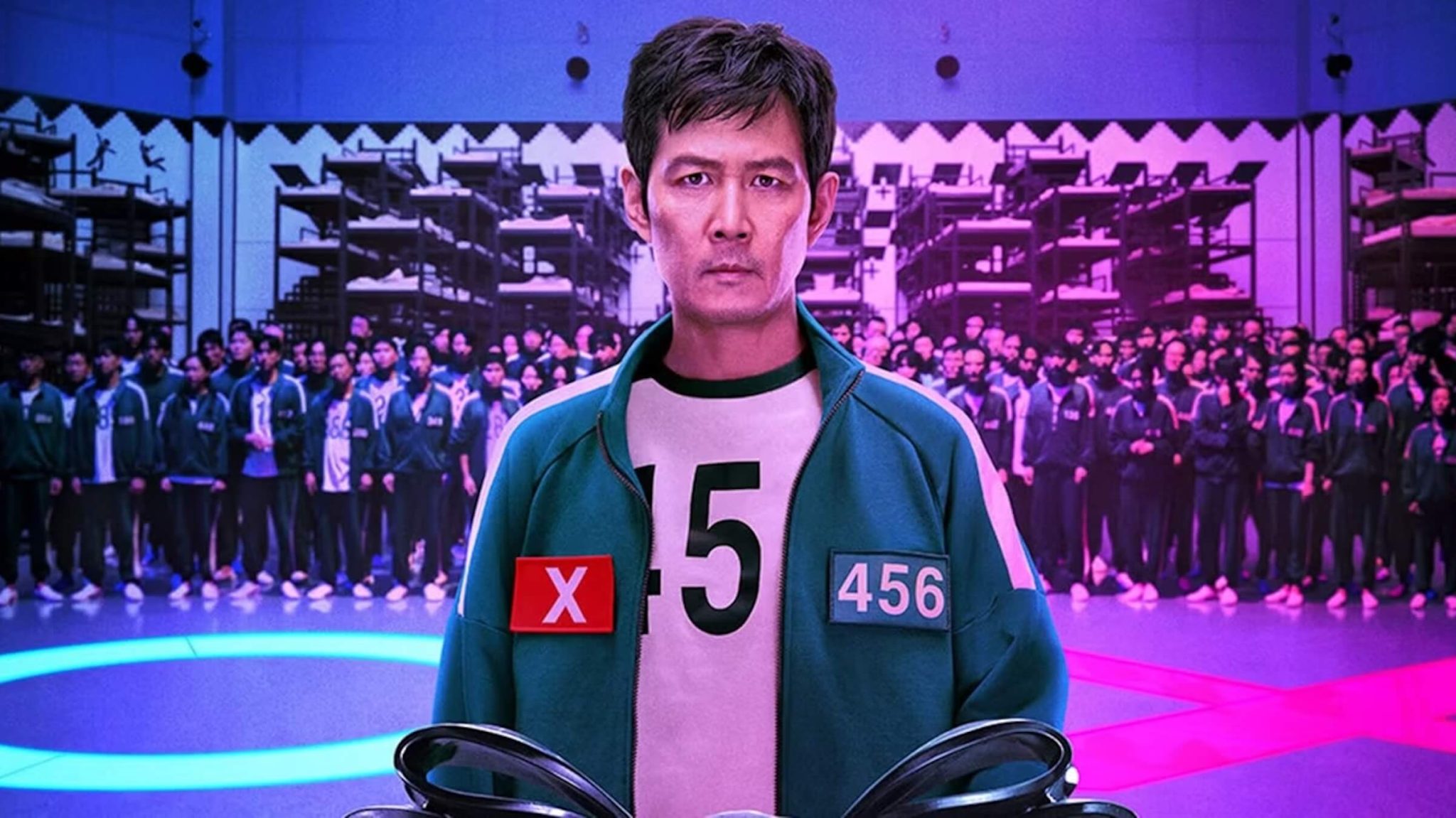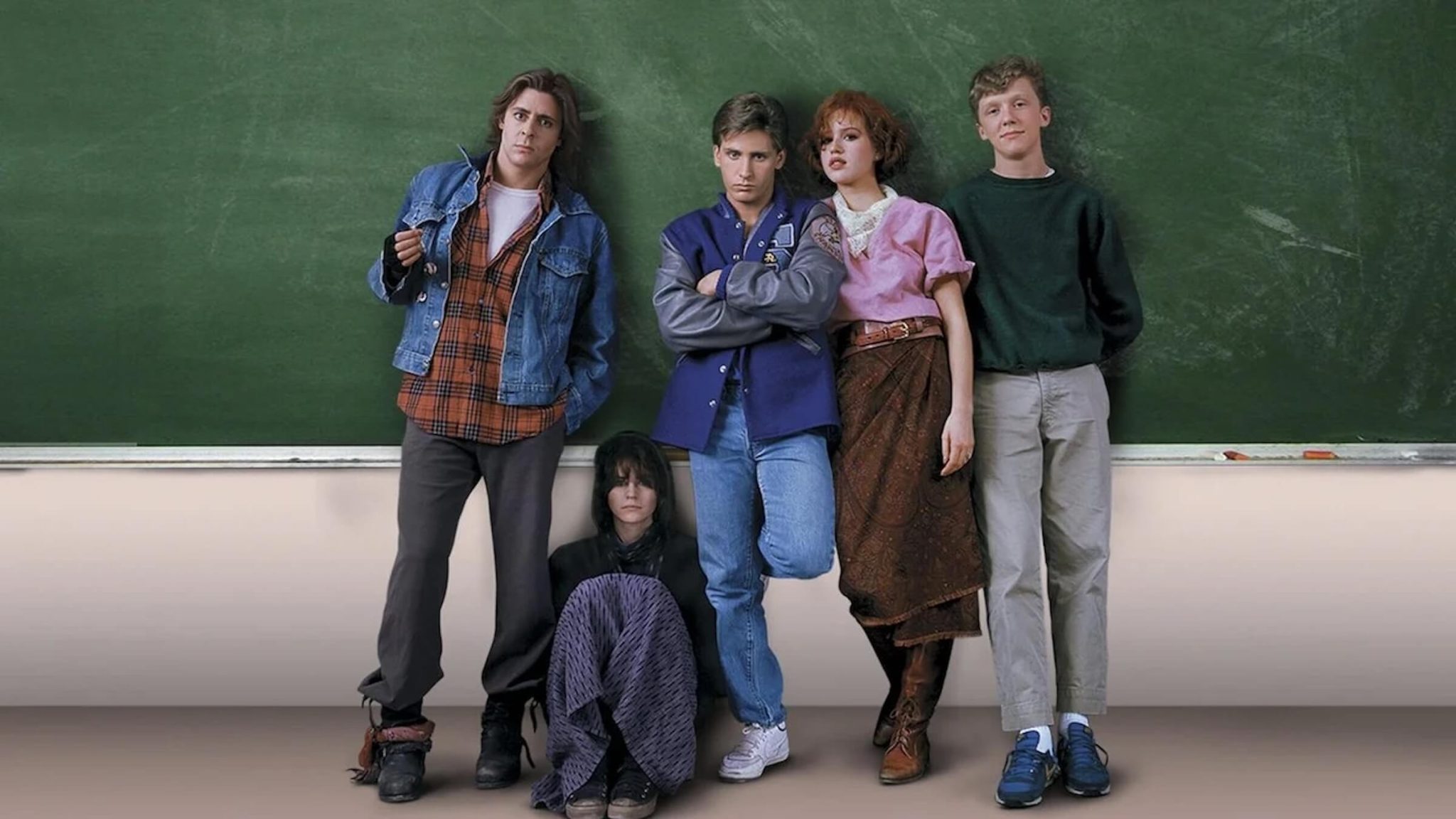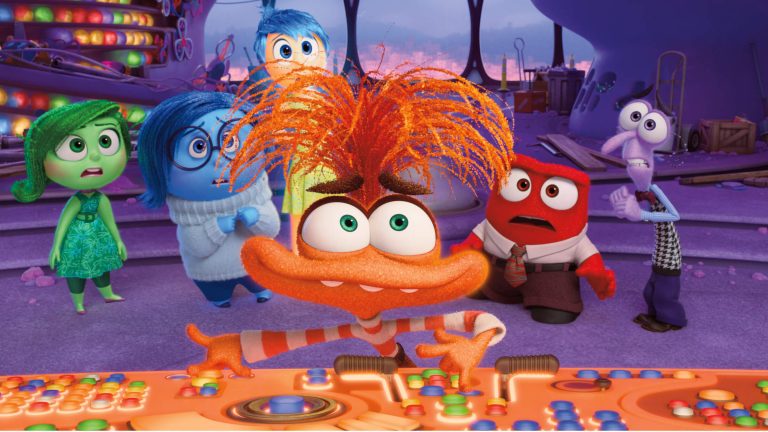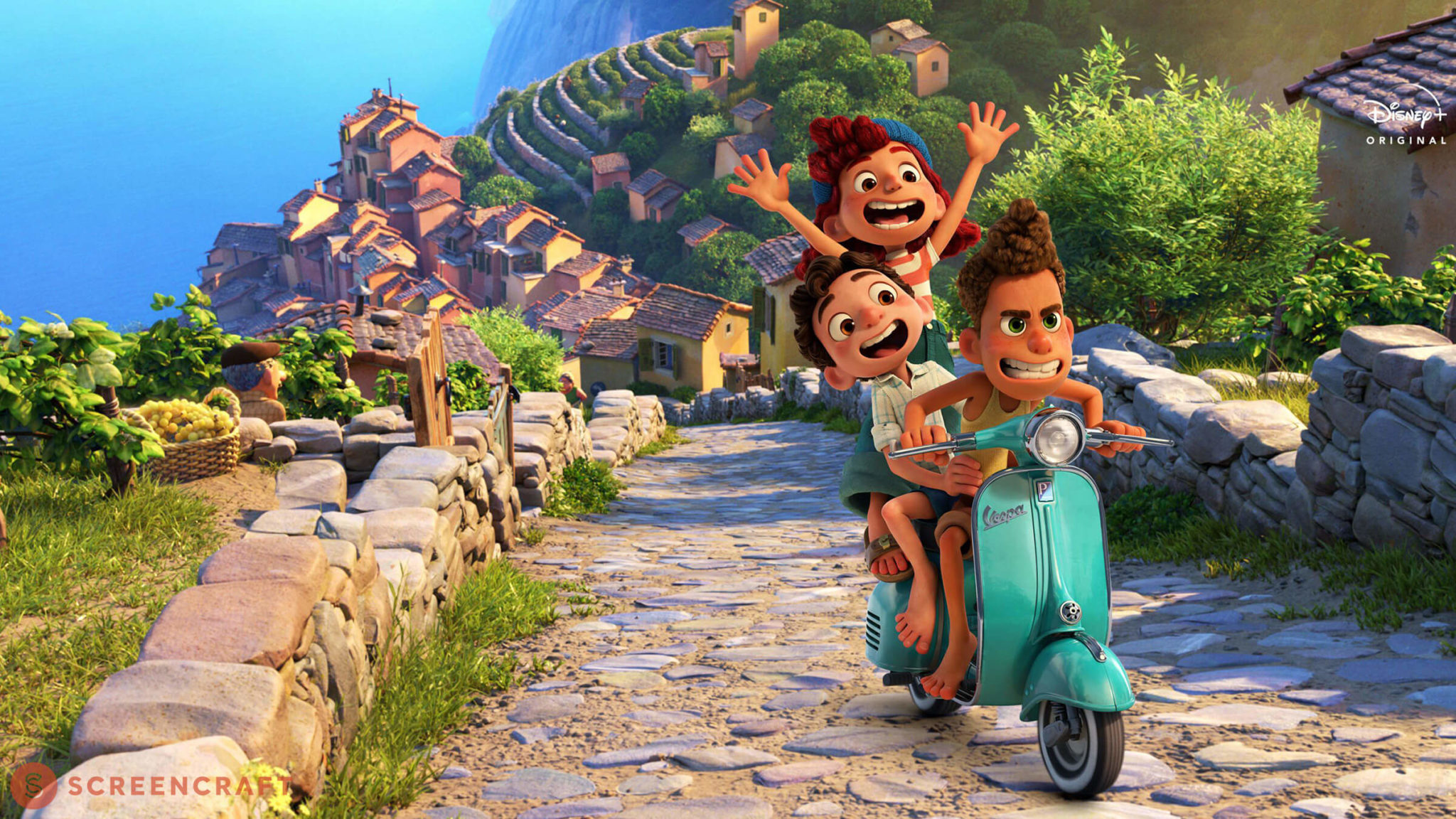15 Animated Movies That Will Teach You Better Screenwriting

Animated movies have a history of having a bad rap when it comes to their screenplays. People tend to generalize with the notion that animated movies are collectively “less” than their live-action counterparts. They were either thought of as nothing more than children’s entertainment or they were considered to be more formulaic to entertain the masses.
Animated movies have drastically changed over the years. Animation has come to offer some of the greatest cinematic storytelling that resonates with all demographics. So, it’s no surprise what amazing screenwriting lessons can be learned from the best-animated movies out there.
Here we pull 15 screenwriting lessons from 15 of the greatest animated movies of our times when it comes to screenwriting.
Each of these films offers lessons in character development, plot structure, thematic depth, and the unique possibilities of not just animated storytelling, but cinematic storytelling in general—proving that animation can be a powerful medium for exploring complex ideas and emotions.
1. Akira (1988)
Directed by Katsuhiro Otomo, based on his manga, this dystopian story explores themes of power, corruption, societal decay, and the search for identity amidst chaos. Akira's narrative structure is intricate, weaving together multiple character arcs and a dense plot with a level of sophistication rarely seen in animation up to that point.
It dives into the psychological and physical ramifications of unchecked power, making it a profound commentary on the human condition.
Akira teaches the importance of three dynamics of great science fiction—building a compelling and coherent world, developing complex characters, and embedding deeper themes within the narrative.
2. The Lion King (1994)
Credited screenwriters Irene Mecchi, Jonathan Roberts, and Linda Woolverton drew on themes of responsibility, redemption, and the circle of life, all while blending those themes within a cultural world inspired partly by real African culture, and partly by the imagination of how an animal kingdom may mirror our own society.
The Lion King's Shakespearean echoes, particularly of Hamlet, demonstrate how to adapt classic themes and narratives into new settings and forms. The themes found within classic stories—especially those available in the public domain—can be retrofitted to contemporary stories.
Read More: 5 Films You Didn't Realize Were Actually Shakespeare Plays
3. Toy Story (1995)
As the first feature-length film made entirely with CGI, Toy Story broke new ground not just technically but also in storytelling. Its screenplay, written by Joss Whedon, Andrew Stanton, Joel Cohen, and Alec Sokolow, is celebrated for its original concept, emotional depth, and the way it explores themes of friendship, jealousy, and acceptance.
Above all, Toy Story is a masterclass in creating a compelling story that appeals to both children and adults while providing character arcs that show true character growth by the end of the story. Animation doesn’t have to offer two-dimensional characters easily spoon-fed to children.
Woody goes from being the child’s room hero to a despicable, jealous scoundrel, and then finds his way back to the kind toy we know he is in a redemptive arc. This arc teaches both children and adults a key life lesson, which makes the story that much more relatable to the masses.
4. The Iron Giant (1999)
Written by Tim McCanlies and based on the novel by Ted Hughes, this animated movie is a touching story about friendship, acceptance, and the fear of the unknown. Set during the Cold War, The Iron Giant also dives into themes of militarism and paranoia.
Its screenplay is notable for its emotional depth, character development, and the way it elegantly handles complex themes in a manner accessible to both children and adults.
The script offers a brilliant solution to finding ways to make seemingly unrelatable characters (the Iron Giant) relatable. Not only to the other characters within the story but to the audience as well. This creates a dual arc where the boy comes of age and the robot learns what it means to feel empathy, emotion, and friendship.
5. Spirited Away (2001)
Written and directed by Hayao Miyazaki, Spirited Away is a rich, layered narrative that combines Japanese mythology with a coming-of-age story. Its complex characters, imaginative settings, and the journey of its protagonist, Chihiro, offer insights into storytelling deeply rooted in specific cultural elements while being universally relatable.
The script offers masterful world-building and integrates cultural elements into storytelling, teaching screenwriters how to craft narratives that are both personal and universally relatable.
6. Shrek (2001)
Written by Ted Elliott, Terry Rossio, Joe Stillman, and Roger S.H. Schulman, Shrek is a landmark in animation for its irreverent humor, satirical take on fairy tales, and heartwarming story about acceptance and love.
It broke the mold by parodying the very genre it belongs to while demonstrating the effectiveness of satire and parody in storytelling. It can teach screenwriters how to subvert genre expectations to deliver humor and social commentary for audiences of all ages and demographics.
7. Finding Nemo (2003)
Screenwriters Andrew Stanton, Bob Peterson, and David Reynolds crafted a story that's not only a thrilling adventure across the ocean but also a touching tale of parental love and letting go. The screenplay excels in creating memorable characters, humor, and heart.
Finding Nemo's script demonstrates how to balance different tones in a story. The script effectively combines humor with emotional storytelling and the importance of creating memorable characters with empathic and relatable character arcs to drive the narrative.
It’s also an outstanding example of how to build a cinematic world based on common imagery (sea life) that hasn’t been portrayed in cinematic form before.
8. The Incredibles (2004)
Written by its director Brad Bird, this animated classic blends superhero tropes with family dynamics to explore themes of individuality, conformity, and the meaning of being "special."
It's an example of how to write an action-packed screenplay that's also deeply personal and emotionally resonant, blending genre elements (action, comedy, drama) with family dynamics to explore deeper themes of individuality and conformity. The Incredibles is the perfect four-quadrant screenplay.
9. Ratatouille (2007)
Written by Brad Bird, Jim Capobianco, and Jan Pinkava, Ratatouille combines a unique premise with a heartfelt story about passion, creativity, and identity. It teaches the value of originality and pursuing one's passion against all odds.
The screenplay is a testament to the idea that great stories can come from the most unexpected places. The concept of a rat becoming a chef is unique but still offers relatable cinematic storytelling.
10. WALL-E (2008)
Andrew Stanton and Pete Docter's screenplay is notable for its minimal dialogue, especially in the first half of WALL-E. This forces the story to rely on its visuals, showing us instead of telling us, all while addressing deeper themes of consumerism and environmentalism.
The first half of the screenplay demonstrates the power of visual storytelling while conveying character and emotion with little to no dialogue. What the script accomplishes by doing that is creating a truly universal cinematic experience where the barriers of language don’t apply. This is key to creating a project that can be sold to global audiences, which is a highly desirable commodity for Hollywood.
11. Up (2009)
Pete Docter, Bob Peterson, and Tom McCarthy created a story that deals with loss, adventure, and friendship. Up is particularly noted for its powerful opening sequence, which showcases how to convey deep emotions and a lifetime of backstory with minimal dialogue.
Beyond the use of minimal dialogue to convey deep emotions, the script’s opening moments show screenwriters how visuals can be highly effective in conveying exposition and backstory, as opposed to relying on expositional dialogue.
12. How to Train Your Dragon (2010)
Written by Will Davies, Dean DeBlois, and Chris Sanders, How to Train Your Dragon is a coming-of-age story that explores themes of friendship, understanding the misunderstood, and challenging societal expectations.
It also demonstrates the power of character growth through the journey of its protagonist, Hiccup, as he learns that compassion and empathy can be stronger than violence.
The screenplay is a prime example of how to create a compelling coming-of-age character arc while surrounding that type of story with a high-concept world nobody has seen before, effectively drawing global appeal.
13. Inside Out (2015)
Pete Docter, Ronnie del Carmen, Meg LeFauve, and Josh Cooley crafted a screenplay that delves into the complexities of emotions and human psychology.
Inside Out is the perfect example of being innovative in concept, character, and story development through its concept of personifying emotions and using that framework to explore the inner workings of a child's mind. It accomplishes this with unparalleled creativity by creating a unique world that nobody had ever imagined.
14. Kubo and the Two Strings (2016)
Written by Marc Haimes and Chris Butler (with a story by Shannon Tindle and Marc Haimes), this beautiful film is a visually stunning, stop-motion masterpiece that combines Japanese folklore with an epic adventure. Kubo and the Two Strings stands out for its exploration of grief, resilience, and the power of storytelling.
The screenplay shows how to weave specific cultures, fantasy, and personal journeys together to create a cohesive narrative that respects its cultural origins while offering universal appeal that all can understand and be affected by.
15. Spider-Man: Into the Spider-Verse (2018)
Phil Lord and Rodney Rothman wrote a screenplay that not only revitalizes the superhero genre but also pushes the boundaries of animated storytelling through its unique visual style. Spider-Man: Into the Spider-Verse's narrative, which explores themes of identity, responsibility, and belonging, is enhanced by its innovative use of animation that mimics the look of comic books.
The script perfectly balances style and substance, showing how to incorporate diverse storytelling techniques, characterization, and visual innovation to tell a compelling story.
We’ve been inundated with superhero movies for decades. By taking a unique approach to the genre, the writers managed to reinvent it, rather than just tell another superhero origin story. While the script is based on studio-owned intellectual property (IP), screenwriters can take this lesson to heart by taking familiar genre concepts and handling them in new and innovative ways.
Read More: 6 Animated Shows That Changed the World of Comedy
CHECK OUT OUR PREPARATION NOTES SO YOU START YOUR STORY OFF ON THE RIGHT TRACK!
Ken Miyamoto has worked in the film industry for nearly two decades, most notably as a studio liaison for Sony Studios and then as a script reader and story analyst for Sony Pictures.
He has many studio meetings under his belt as a produced screenwriter, meeting with the likes of Sony, Dreamworks, Universal, Disney, Warner Brothers, as well as many production and management companies. He has had a previous development deal with Lionsgate, as well as multiple writing assignments, including the produced miniseries Blackout, starring Anne Heche, Sean Patrick Flanery, Billy Zane, James Brolin, Haylie Duff, Brian Bloom, Eric La Salle, and Bruce Boxleitner, the feature thriller Hunter’s Creed, and many Lifetime thrillers. Follow Ken on Twitter @KenMovies and Instagram @KenMovies76
Get Our Screenwriting Newsletter!
Get weekly writing inspiration delivered to your inbox - including industry news, popular articles, and more!


